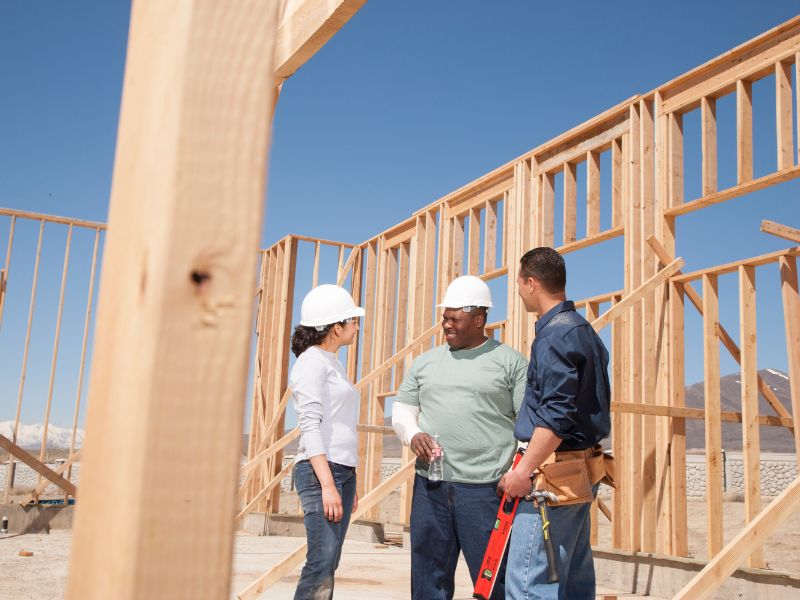In the intricate tapestry of residential construction, architects play a pivotal role as the master weavers, blending creativity with functionality to bring dream homes to life. Their influence extends far beyond the drafting table, as they navigate the complexities of design, regulations, and client aspirations. Here’s a closer look at the indispensable role architects play in shaping the homes we cherish.
- Visionary Design and Creativity:
Architects are the visionaries behind the aesthetic appeal and functionality of a residence. They translate the dreams and desires of homeowners into tangible designs, considering aspects like spatial arrangements, lighting, ventilation, and aesthetic coherence. Whether it’s a modern marvel or a timeless classic, architects infuse personality and uniqueness into each project.
- Code Compliance and Regulations:
Navigating the labyrinth of building codes and regulations is no small feat. Architects serve as the guiding force, ensuring that residential constructions adhere to local building codes, zoning regulations, and safety standards. Their expertise helps homeowners avoid potential legal pitfalls while maximizing the potential of their property.
- Budget Management:
While architects are known for their creative prowess, they are equally adept at managing budgets. They work closely with clients to strike a balance between design aspirations and financial constraints. This involves not only creating a design that aligns with the budget but also offering valuable insights into cost-effective materials and construction methods.
- Project Coordination:
Architects act as the conductors of the construction symphony, coordinating various stakeholders such as builders, engineers, contractors, and interior designers. Their role in project management is crucial for ensuring that timelines are met, budgets are adhered to, and the construction process proceeds seamlessly.
- Sustainable and Eco-Friendly Design:
With a growing emphasis on sustainability, architects play a vital role in integrating eco-friendly practices into residential construction. From energy-efficient designs to the use of sustainable materials, architects contribute to creating homes that are not only aesthetically pleasing but also environmentally responsible.
- Problem Solvers and Innovators:
Construction projects are bound to encounter challenges, and architects are the problem solvers who find creative solutions. Their ability to think on their feet, adapt to unforeseen circumstances, and innovate when needed ensures that the construction process remains on track and the final result exceeds expectations.
- Client Collaboration:
Architects are collaborators, working closely with homeowners to understand their needs, preferences, and lifestyle. By fostering open communication, architects ensure that the final design is a true reflection of the client’s vision, turning dreams into tangible spaces that enhance the quality of life.
In essence, the role of an architect in residential construction extends beyond mere blueprints; it involves the orchestration of a myriad of elements to transform a concept into a living space that meets both aesthetic and functional requirements. From the first sketch to the final walkthrough, architects are the guardians of a homeowner’s vision, crafting homes that stand as testaments to their skill, creativity, and dedication.






